What is an Ad group in Google Adwords?
An Ad Group is a container for the keywords that you have finalized for your marketing campaigns. Ad groups help in creating comprehensive marketing campaigns that can drive traffic to your business and bring in leads in a cost-effective way.
Ad groups, hence, are one of the most important tools for any business organizing a Pay Per Click (PPC) account.
Importance of Ad Groups
For running any campaign, it’s crucial that the search engine recognizes the following elements, which is what Ad groups help them do:
- The message of your ads
- What keywords your ad should pop up in response to
- The landing page user will be taken to when clicking on your ad
These crucial elements help businesses in narrowing down their target audience and identifying what exact message to convey to capture their attention. This helps the marketing campaigns to capture maximum attention and increase lead conversions.
How to Create Effective Ad Groups
Creating effective ad groups is no easy task, but it is very cost-efficient. Your main goal at this stage should be maintaining consistency with your message and offering seamless integration with the campaigns.
For integration, a defined system, where you can create ad texts, keyword groups, and landing pages is required. For consistency, you must ensure that the messaging is constant and your ad texts are communicating this message based on the users’ intent.
Now that we have understood the key elements in creating an effective ad campaign, let us take a look at what it entails for your business and how.
- Lower Costs – You will end up paying less for the same amount of clicks in a PPC campaign if you play your cards right. This is due to the Quality Score system, which assesses well-aligned and efficient ad groups.
- Increased Conversions – If the search intent of the user and your ad serve the same purpose, it will ultimately increase conversions. For instance, if you search for “SEO services” and the ad sends you to a page that offers SEO services, there is a high chance of user conversion.
Let’s take a look at how you can set up your campaign for the best results.
Tips for Setting up Your Campaign
-
Have a Dedicated Budget
The budget for any marketing strategy depends on the campaign. Hence, setting up dedicated campaigns for terms or brand keywords you need to use continuously is imperative to saving money.
It is suggested that you fund the brand keywords and terms campaigns completely, as they can prove crucial for recurring customers. Similarly, retargeting is also of strategic importance that should have its own dedicated budget to manage and target the key traffic audience.
-
Define Targeting Parameters
AdWords campaign structure should be very precise in defining certain parameters for optimum tracking. Parameters like geography, target audience, desired search engines, and more should be accounted for while making the campaign strategy.
-
Setting the Network
Many people wrongly assume that ads only show up on SERPs and search engines. Ads can also be run on display networks of various search engines, and even on syndication websites. Hence, it’s crucial to check and assess all the networks where your ad can appear, and select the right AdWords account structure settings from the get-go.
-
Targeted Geography
Geotargeting is one of the most important factors during setting up campaigns. Offline and online sales of your business are two different prerogatives that should be assessed separately.
A very simple reason for this is that the search engine demand for your ads might be different from the locations where most of your offline sales happen. Therefore, you must research beforehand about where the most demand from the search engines is coming for your targeted keywords. This can often be narrowed down to states or even certain regions within cities.
After you have assessed this, you can set up individual campaigns for each top market region identified. If your budget can be expanded a little, you can even set up a campaign that can cover the remaining places you might want to target as a “one for all” effort to capture more traffic.
Moreover, this also brings up hidden opportunities to target market spaces where your business might not have reached before – Multilingual campaigns. If your traffic is coming from regions where English is not the primary language, you can create multiple small campaigns targeting these regions and run them in the specific language. A smart move can also be to recycle content by translating it into the required language.
For instance, if you’re selling dishwashers in the US, targeting regions like Washington Heights can have major benefits if the campaign is run in Spanish (majorly spoken language in the region).
-
Audience Segmentation
For guiding the structure of your campaigns, it is imperative that you segment your audience, and consider all types of audiences for each campaign. For instance, you can create a campaign for users who have converted to a particular product to entice them to buy other products your business might be selling.
-
Device Optimization
It is also important that you consider the pros and cons of campaigns running on different devices. Hence, it is crucial that you consider the following points to optimize device based campaigns:
- Engine algorithms in today’s age have evolved and can now recognize the device signals for optimizing bids for PPC and other types of campaigns.
- Splitting the campaigns by devices can significantly reduce your traffic. It can also reduce the KPIs that you can use for optimization. You must always create campaigns that can have meaningful optimization room with a good enough volume of ad groups.
- Mobile campaigns can be put on the same pedestal as non-mobile campaigns. However, your site must have a mobile-responsive design to ensure that the UX of the mobile users is strong.
Considering all these points, it is advised to not break your campaigns by devices unless mobile devices are bringing in a significant chunk of traffic and conversions for your site.
If you are running campaigns for mobile you can optimize it for devices by utilizing bid modifiers to achieve optimum device efficiencies. You can also add customizers for your ads to appealingly present your ad message across different types of devices effectively to the users.
Ad Group Best Practices
1. Match type mirroring
To amplify the efficiency of your campaign, it is highly recommended that you make duplicate groups, each by the match type. This process is called match-type mirroring. This practice will help you in mirroring each match group, by only having the terms devoted to one match type.
With the exception of unusual occurrences, exact match groups will perform at their best, and would not need any negative matching.
Negative matching often entails Broad Match and Phrase Match groups, as they traditionally have performed poorly. One other thing to take care of to avoid any instances of group cannibalization is to have your Exact Match positive terms mentioned as negatives in Broad and Phrase Match groups.
It is also a very cost-efficient method, as you can pause the match types which aren’t performing as well as others, particularly when your budget is limited.
2. Customized Group
The reason why separate ad groups are created is that each type of audience requires tailored ads. However, some common elements like product features, pricing, etc., can be fed to the groups via business data capability.
Any time you might be changing the ad texts, you can easily access business data and update it seamlessly rather than creating new ad groups or ads. This helps in subtly changing ad copies and avoiding any trigger to a Quality Score review for the ad.
3. Search Engine Parity
You can clone your campaigns from one search engine to another. However, this can also create a large number of groups and campaigns to manage. Hence, you should only clone the campaigns that have the potential to drive meaningful and visible results.
4. Naming the Ad Groups
Any AdWords account structure will be incomplete without adding the naming conventions to your ad groups. The best way to approach this is to be brief, set parameters, and use special characters or words to separate elements.
Naming conventions can help you in facilitating all scaling efforts throughout the campaigns’ lifecycle. It also simplifies expanding keywords, managing budgets, and implementing new third-party automated solutions.
You must make it easy so that the naming conventions can allow you to instantly determine what the ad groups contain, their purpose, and which campaign they are linked to.
5. Landing Pages
You should only use one landing page for each ad group unless you are testing site conversion through page tests.
It is a clear sign that your keywords might not be grouped tightly if multiple landing pages are required for one ad group. This indicates that you should split your ad groups further so that this issue is resolved. For larger advertising or marketing efforts, it is advised that you use multiple engine accounts, especially if multiple budgetary sources are involved.
Create Efficient Ad Groups for Your Business
Now that you know all about how to effectively create and use ad groups, it is time to put in the work to create a leads-driving ad campaign. Ad groups can be quite complex to handle, and taking the help of professionals like Infidigit can help you in overcoming the hurdles. Infidigit offers PPC services and much more to help in strategizing, creating, and implementing the best marketing campaigns for your business. Get in touch today to know more.
Popular Searches
How useful was this post?
0 / 5. 0










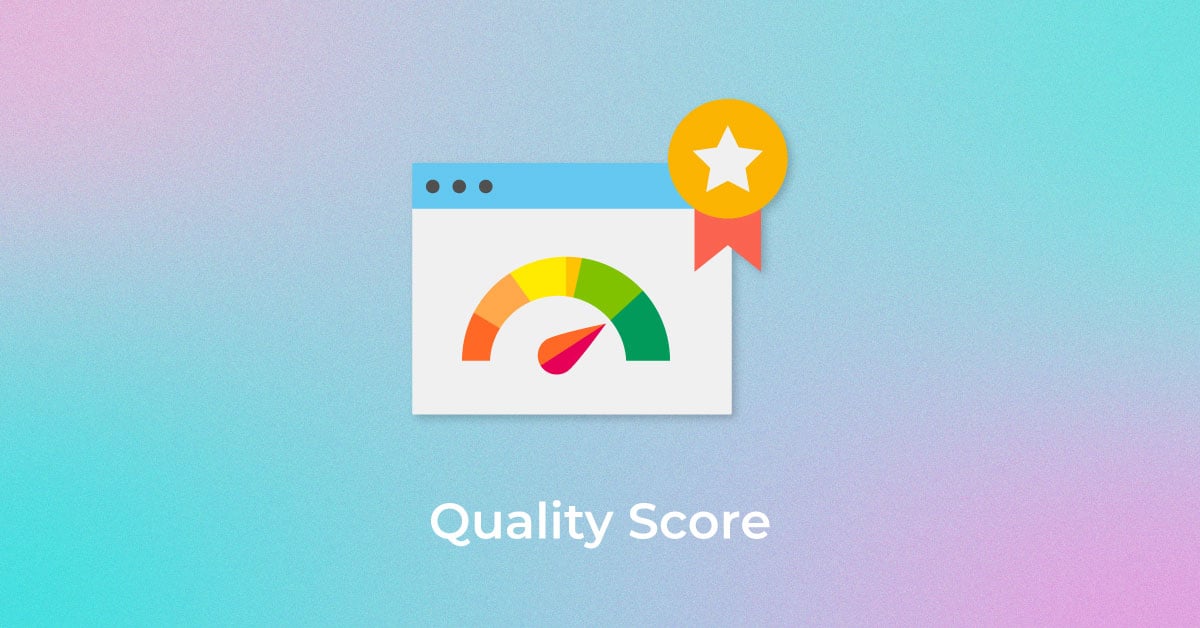
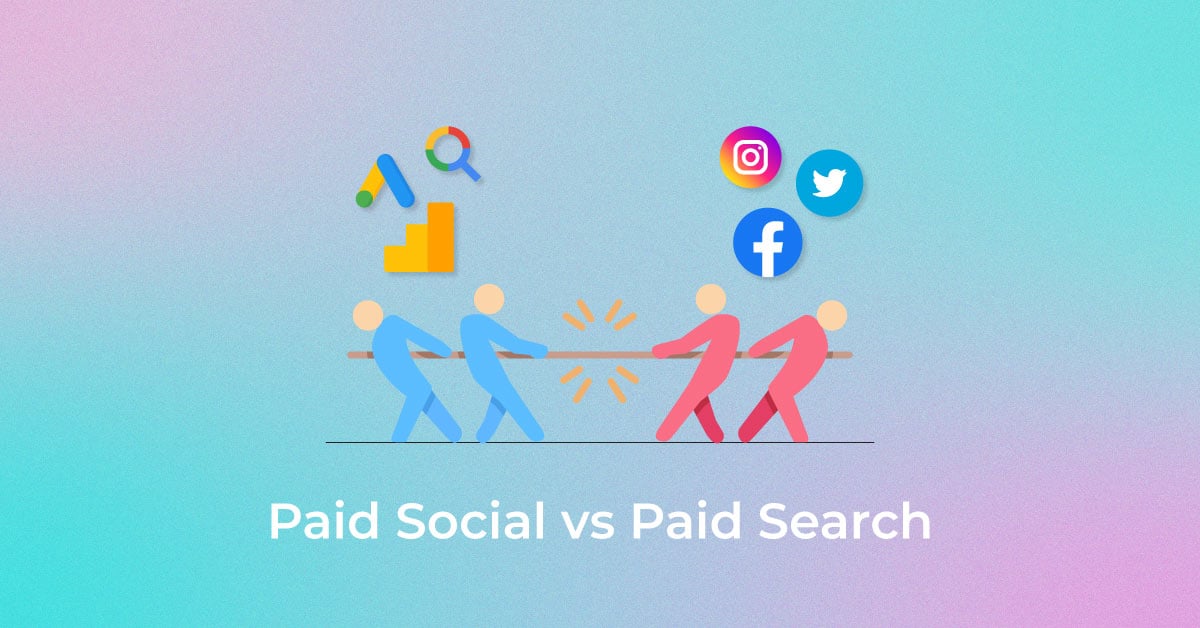
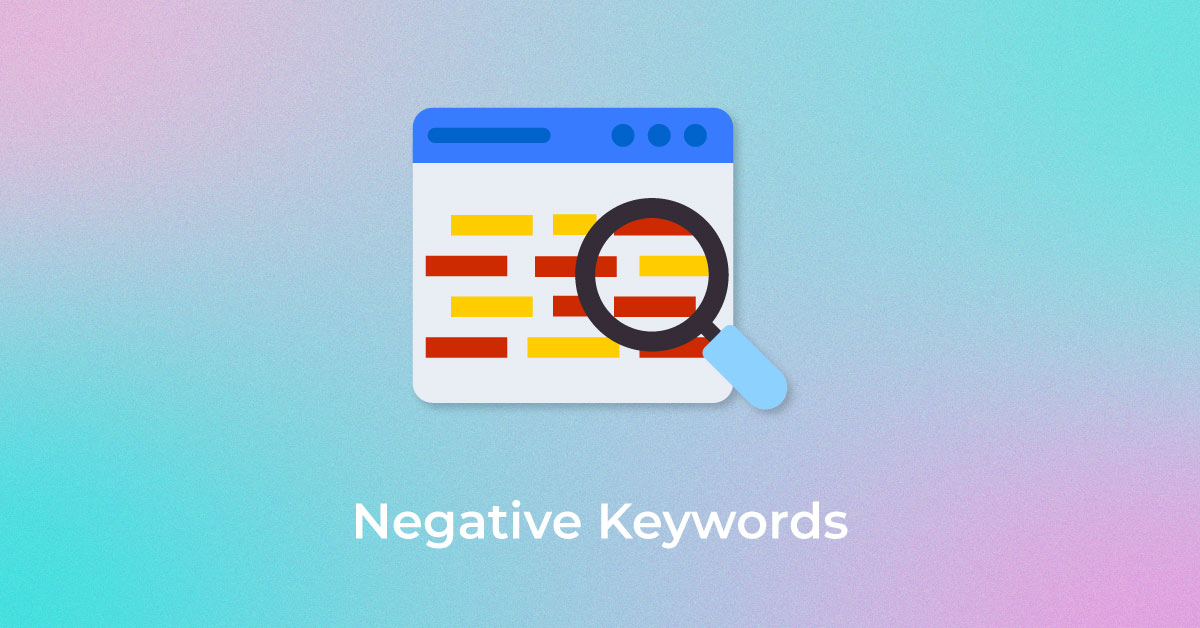
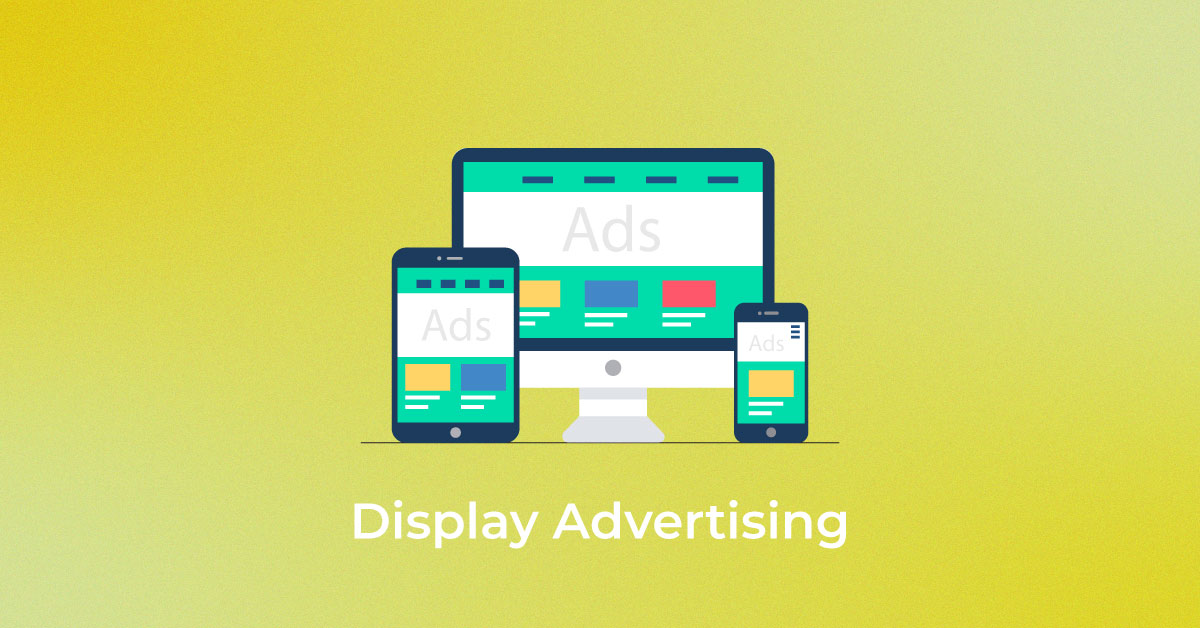
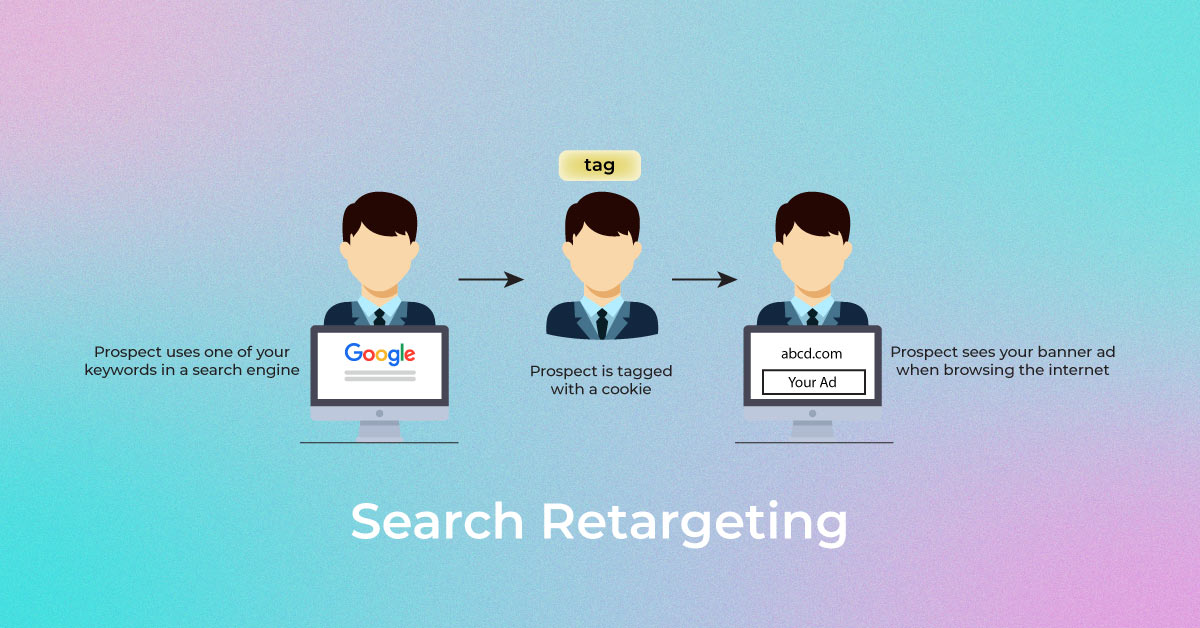
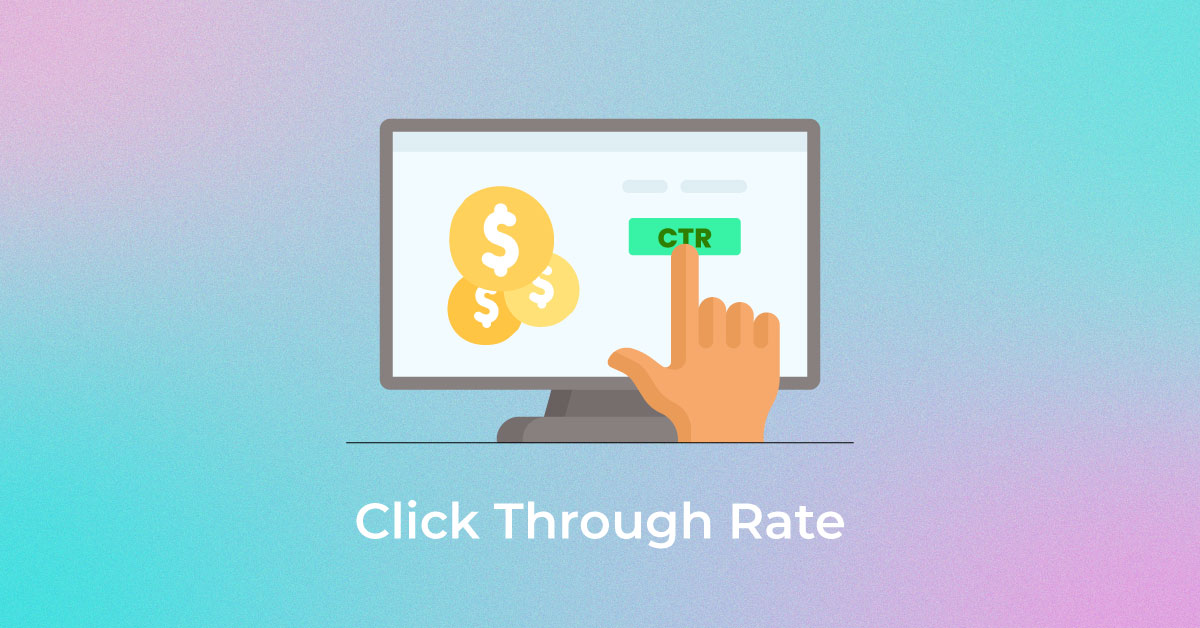

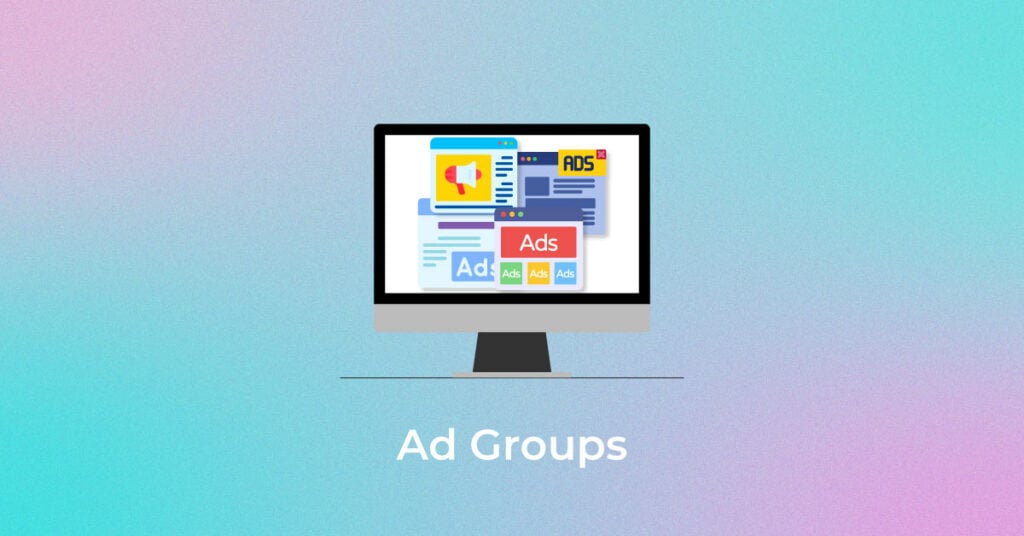
1 thought on “Ad Groups – Best Practices and Effectively Creating Your Campaign”
Hi Ankit! I am doing some self learning about Google Adwords and this article is really very helpful for me, thanks for sharing such a detailed article with us.